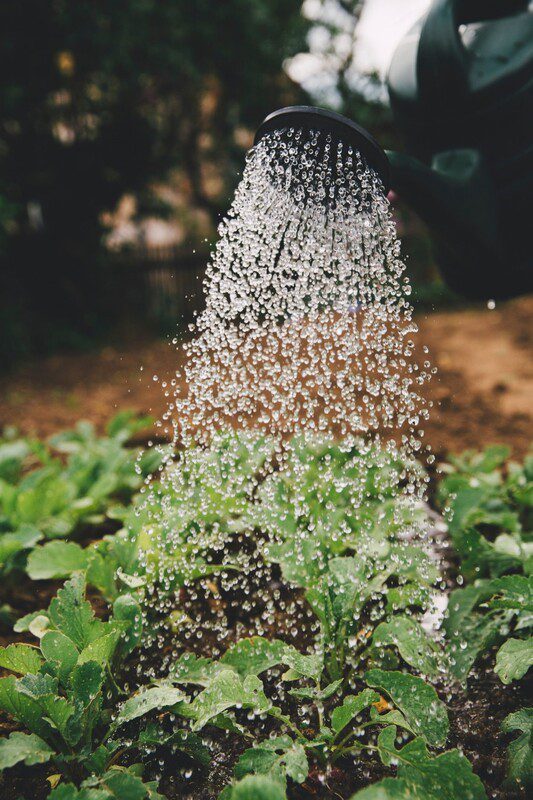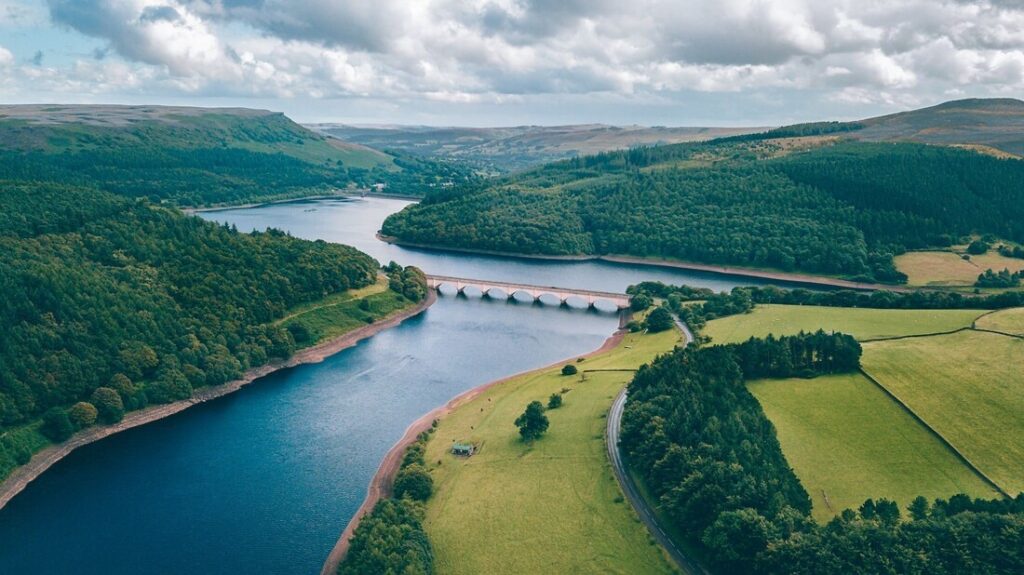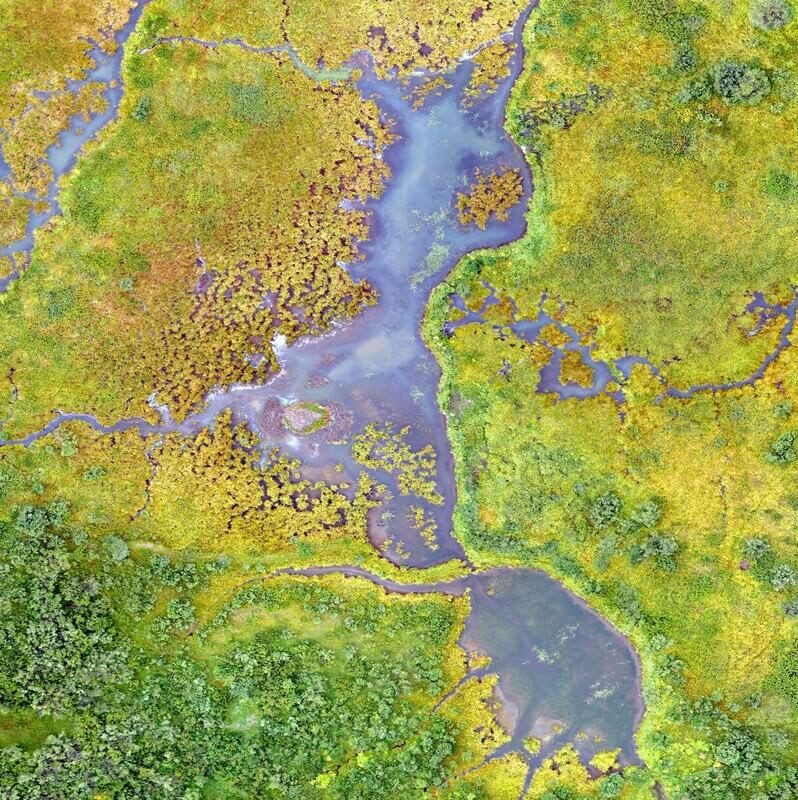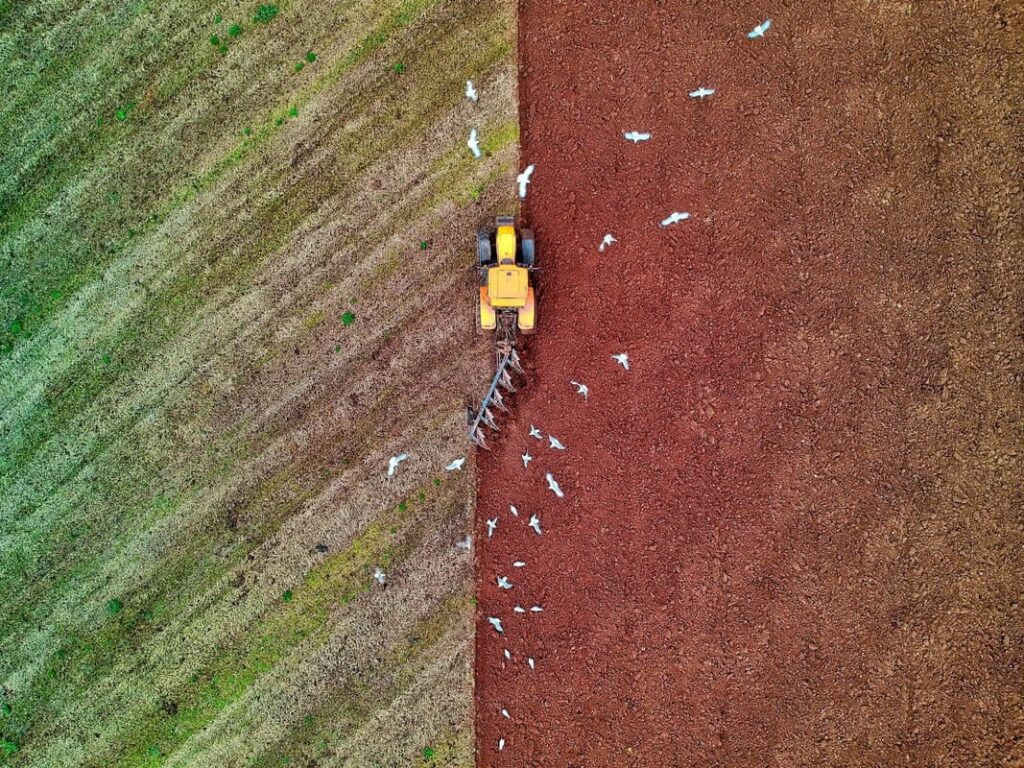
Water Scarcity: A Social and Environmental Issue
Water – the gift, cause, and fuel for life itself. While it makes up most of the Earth, only 3% of it is freshwater that’s safe enough for human consumption, and only one-third of that percentage is accessible.
Today, a harrowing amount of more than one billion people lack access to clean and drinkable fresh water, while over two billion people suffer from a lack of hygiene and proper sanitation.
It’s now estimated that by 2025, two-thirds of the world will suffer from a lack of fresh, clean, and safe water. That’s right, two-thirds. Since our population is rapidly rising, this is an issue we need to tend to immediately.

Why is water scarcity a problem?
Water forms the basis and foundation of all things, living and not. We need water for food, from the very root of growing crops to the act of cooking. We also need water to produce electricity, which is further used to power almost all that we do.

Credit: Markus Spiske, Unsplash
We require water for our hygiene and sanitation, which protects us from numerous diseases. In the bigger picture, water creates jobs, helps circulate the economy, and bolsters the quality of life as a whole. As you can see, everything relies on clean, healthy, accessible water. But today, scarcity is an ongoing problem. Over 2.4 billion people have inadequate sanitation, and many more are exposed to a wide range of harmful and even fatal diseases, such as cholera or water-borne diarrhea.
An estimated two million people pass away every single year from such diseases, with the majority being children. From another perspective, that equates to a child dying every 2 minutes from a lack of clean, safe water.
A lack of clean water also hampers education, especially among girls. Menstrual cycles require water to be adequately managed, and where there is none, people suffer. One out of four girls miss school as a result of water scarcity, making the achievement of their full potential all the more difficult, and alleviating poverty nearly impossible as a result. That’s not to mention the devastation of hunger and starvation that a lack of water causes.
Without this understructure of water, everything collapses. The wheels of life break down, and the cycle of struggle keeps spinning.

Credit: Matthew Feeny, Unsplash
Economic water scarcity is linked to the same issue – where there are not enough resources or funds to supply clean water. Universal access to water and sanitation would produce about $18.5 billion in benefits, most of this resulting from the prevention of water-related deaths. Instead, as the problem persists, we lose around $260 billion globally from water scarcity. But it’s not only humans who suffer – both animal and plant life are impacted by water scarcity too. Water is home to myriad plant and animal life forms, providing refuge, hydration, and nutrients for a wealth of species. Stressed water systems harm biodiversity, alter ideal living conditions for flora and fauna, and ultimately cause an increasing loss of life. The higher the demand for water, the more supply is required. Coupled with inadequate water management, as well as unsustainable practices in many industries, this has caused the drying up of water resources and therefore the homes of millions of plant and animal populations. Today, 64% of the world’s wetlands have disappeared, and this causes more problems than you can imagine.

Credit: Usug, UnsplashIf you’d like to learn more about the importance of Wetlands, click here.
What causes water scarcity?
Pollution:
This is one of the leading causes of unclean water. Water is polluted by toxic substances and harmful chemicals that derive from human trash. Another form is water waste – the sewage, pesticides and fertilizers that leak into precious water systems.
Agriculture:
Unsustainable farming practices, which make up the bulk of our agricultural systems, use around 70% of the world’s fresh water to produce the high demand of crops.
Population Growth:
As mentioned previously, when the human population grows, so does the demand for water, often that which cannot be met.
Climate Change:
An increase in global temperature causes dramatic shifts in weather patterns, spurring natural disasters of all kinds which hamper water accessibility.

Credit: Red Zeppelin, Unsplash
Sustainable methods to combat water scarcity
- Aquifer Recharging: An Aquifer is a body of permeable rock or soil that holds groundwater. This water is charged, or increases in volume, when there is rainfall or melting snow. To recharge these oases, we can inject water into the underground reserves to boost supplies.
- Recycling: We can reuse and recycle water where we can to save the overall supply. Collecting rainwater and reusing other water, such as shower water, can help lift the load a little.
- Desalination: This is the act of turning saltwater into clean, fresh drinking water. While the practice is still unsustainable, feats in technology and engineering can transform this process into a sustainable one, thus providing more usable water.
- Elimination of unsustainable agricultural practices.
- Water management and conservation.
While these actions and changes demand global and societal shifts, there are a few things we as individuals can do at home to combat the existing water scarcity issue and prevent further harm.
These actions include:
- Turn off the tap while you’re washing dishes, brushing your teeth, or shaving. It may not seem like you’re using much water during these activities, but it all adds up in the end.
- Water your plants during the early hours of the day. This will not only prevent evaporation and help your plants retain moisture, but will also ward off any pests for the day to come.
- Consume less of everything. That means less plastic, less processed food, less meat, less electricity, you name it – it all requires huge amounts of water to create and work.
If you’d like to learn more ways to conserve water, read our blog post here.
https://water.org/our-impact/water-crisis/
https://www.bloomberg.com/graphics/2019-countries-facing-water-crisis/
https://www.fluencecorp.com/what-is-water-scarcity/
By Georgia Carter




